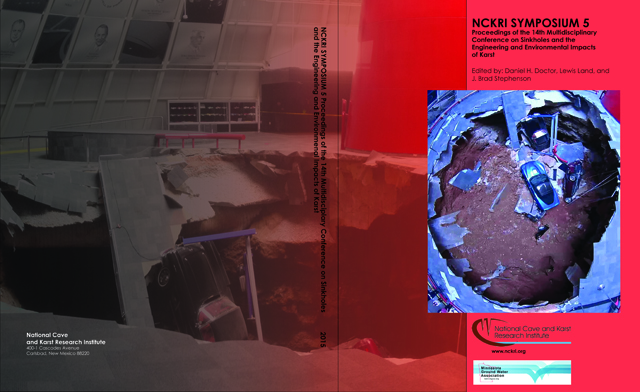Abstract
Karst groundwater contamination presents great challenges for efficient monitoring because of rapid, discrete transport and the diversity of contaminants. Here a low cost approach is described and applied to Hidden River Cave, Kentucky, where a long history of contamination has been experienced. Local knowledge was acquired through informal interviews and coupled with observations of contaminant residues, faunal distributions and fluorescence spectra in the cave. The resulting patterns were interpreted using Google Earth and Street View to identify specific contaminant sources in the affected sub-catchment of the cave. Despite success in matching contaminant sources with the contamination history and pattern, the informal nature of the investigation renders it unacceptable as the basis for any intervention. But such low cost studies will be needed for the majority of contamination occurrences where financial resources are very limited. A radical revision of our adversarial approach to environmental management will be required for such a change to occur.
Rights Information

This work is licensed under a Creative Commons Attribution 3.0 License.
DOI
http://dx.doi.org/10.5038/9780991000951.1055
Included in
Environmental Monitoring Commons, Geographic Information Sciences Commons, Hydrology Commons, Physical and Environmental Geography Commons
Tracking of Karst Contamination Using Alternative Monitoring Technologies: Hidden River Cave Kentucky
Karst groundwater contamination presents great challenges for efficient monitoring because of rapid, discrete transport and the diversity of contaminants. Here a low cost approach is described and applied to Hidden River Cave, Kentucky, where a long history of contamination has been experienced. Local knowledge was acquired through informal interviews and coupled with observations of contaminant residues, faunal distributions and fluorescence spectra in the cave. The resulting patterns were interpreted using Google Earth and Street View to identify specific contaminant sources in the affected sub-catchment of the cave. Despite success in matching contaminant sources with the contamination history and pattern, the informal nature of the investigation renders it unacceptable as the basis for any intervention. But such low cost studies will be needed for the majority of contamination occurrences where financial resources are very limited. A radical revision of our adversarial approach to environmental management will be required for such a change to occur.

